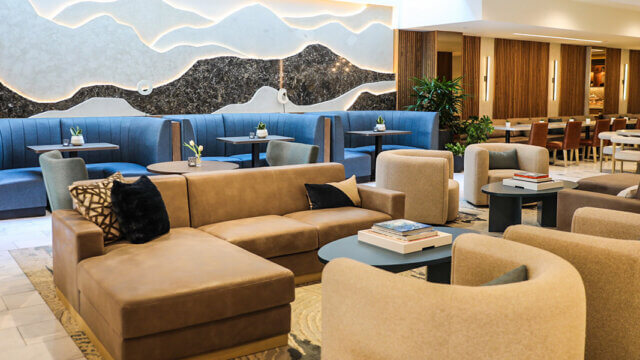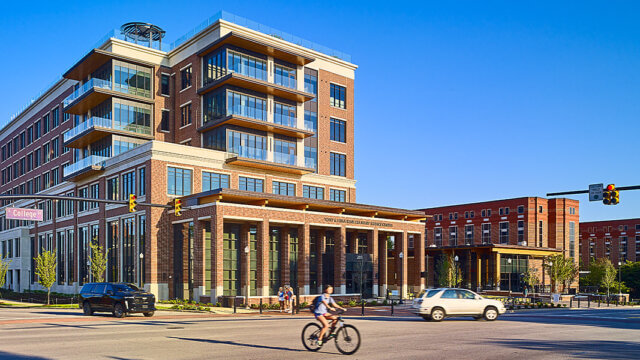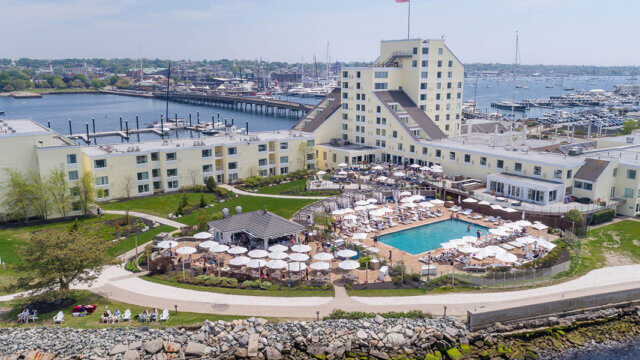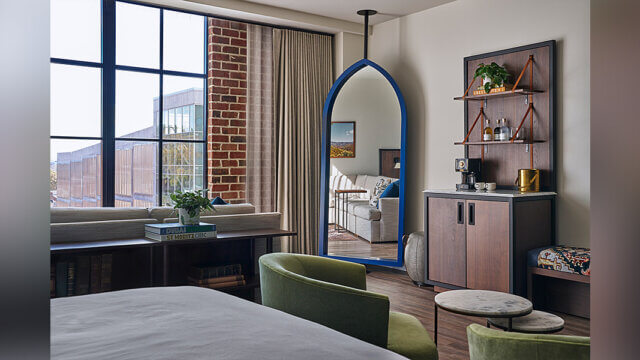The design of meeting rooms and conference spaces at most hotels puts function over form, making for spaces that look pretty much the same wherever you go—often with a common descriptor: boring.
“I feel like it is shortsighted on a hotel’s part because if a group is going to spend all day in a room, make it feel like you want to be in that room all day,” said Griz Dwight, founding principal, GrizForm Design Architects. “Designers can do that fairly easily without losing the flexibility of the space that hotels like. They can do it in a way that people will walk in and feel like it is a cool space—without the floor to ceiling curtains or fake glass chandeliers. They need to up their game.”
It makes sense for the spaces to have an upgraded design. “At a lot of these hotels, you have just walked through a beautiful lobby, a well-thought-out bar and the rooms are nice, and you get to the conference area and the rooms, and they are just blah,” he said.
While there are many options to enhance the design of these spaces, Dwight has used several elements when he has worked on these spaces, including incorporating biophilic design principles. This involves infusing these spaces with natural elements such as views of the outdoor landscape, natural lighting, sounds and 3D greenery. The goal is to create a more inviting ambiance and mitigate the “boxed-in” feeling often associated with windowless areas.
“My feeling is to bring in some better lighting, some things that make you feel like you are not in a basement,” he said.
The designer used biophilic elements when he worked on the meeting rooms at The Joinery Hotel in Pittsburgh. “We were lucky enough to have a space with windows, but we brought in lot of the plantings and greenery,” he said. “It really just made that space more habitable.”
While living plants won’t work in every situation, he said they freeze-dried plants—which were alive at one point—are a good way to go.
Designers can also use upgraded finishes and it won’t hurt the functional aspect of the space. “You can do those function points, but you can do them in a way that is a little bit better thought-out design,” said Dwight. “It gives you a space that people want to be in, one that is unique and a little bit more exciting to be in.”
While improving the design may cost more money, in the long run that extra expense can pay for itself. “You’ll get more of an ROI on that money,” he added.




